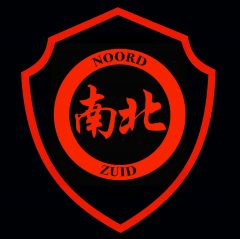Why ‘Sao Lim’ and not ‘Shaolin’?
This is not important. Sao Lim is just the way many Chinese in Malaysia would transcribe the characters ‘少’ and ‘林’.
Only on mainland China the Hanyu Pinyin transcription system is widely accepted; a Chinese from the mainland would write ‘Shaolin’ (or Shao Lin; a space between the two syllables is acceptable). This system was adopted in 1958; by that time the overseas Chinese were already wrting ‘Sao Lim’ instead.
The transcription ‘Shaolin’ is also best known in Western countries, but in South East Asian countries many variations exist. Sometimes caused by different linguistical backgrounds (different dialects) or by using non-standard transcription systems (often based on the language of the country’s former colonial ruler).
A few examples:
‘Shaolin’; most widely accepted. Standard Mandarin written using the 1958 Hanyu Pinyin system.
‘Shao Lin’; standard Mandarin written using Hanyu Pinyin.
‘Sao Lim’; used in Malaysia. Based on a dialect from Fujian province.
‘Shao Lim’; used in Malaysia.
‘Seow Lim’; seen in Malaysia and also in Singapore. Maybe a Hakka or Teow Chew dialect (South China)?
‘Siao Lin’; seen in Singapore.
‘Siau Lim’; seen in Singapore.
‘Siauw Lim’; from Indonesia.
‘Siu Lam’; used in Hong Kong. Cantonese dialect
‘Sjao Lin’: used in Indonesia. Dutch pronunciation.
(‘Shorin’; Japanese)
Another thing is that the name ‘Shaolin’ nowadays is more or less a synonym for the modern, acrobatic Wu Shu styles coming from mainland China. One can safely say that a school using a transcription different from ‘Shaolin’ is NOT a modern Wu Shu style, but most likely a traditional style preserved in overseas Chinese communities and saved from the Cultural Revolution and reform of martial arts in mainland China. It goes only one way though; the other way around, everything ‘Shaolin’ is modern Wushu is of course not always true!
